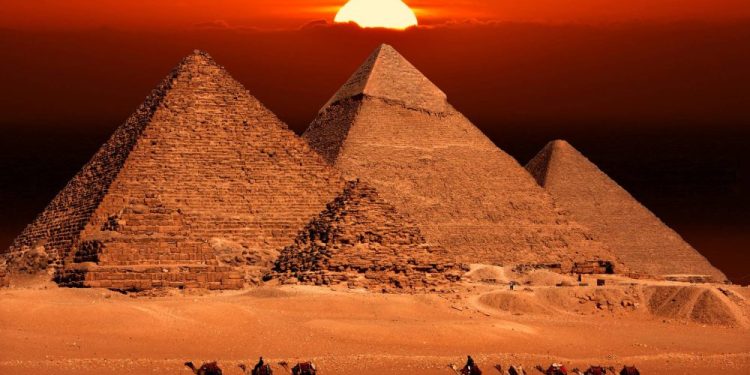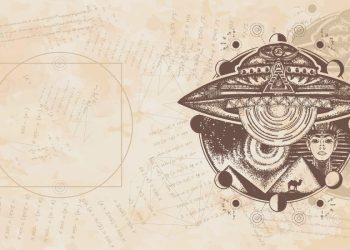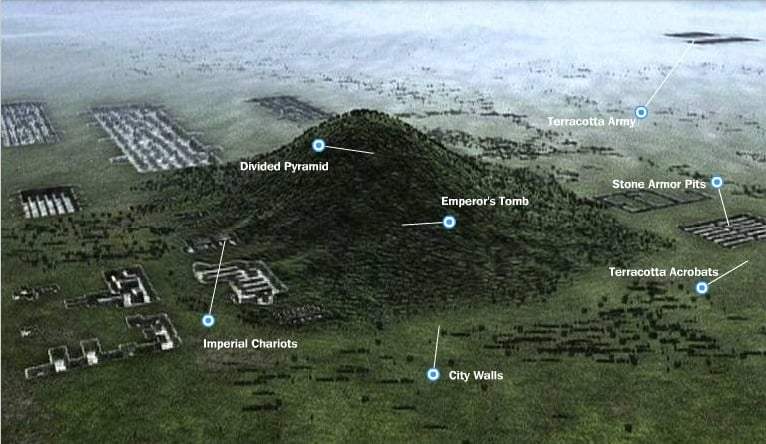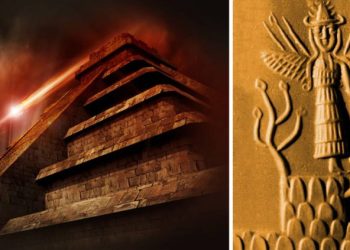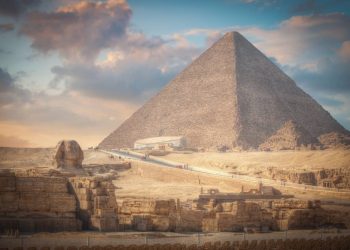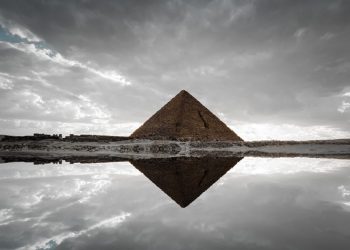The Giza pyramids have captured the world’s imagination for centuries, but a new study suggests they may be more than monumental tombs. Using modern tools like SunCalc.net, researcher Amelia Carolina Sparavigna has uncovered a hidden celestial design in the pyramids’ alignment with the sun. Her findings reveal that the pyramids were not only architectural marvels but also precision instruments for tracking the sun’s movements throughout the year, connecting the pharaohs to the heavens.
How the Pyramids Follow the Sun Year-Round
The study reveals that each pyramid was carefully positioned to maintain clear views of the horizon where the sun rises and sets. For Khufu’s Great Pyramid, the alignment ensures that the winter solstice sunset is perfectly visible, symbolizing an eternal link between the pharaoh’s soul and the celestial cycles. Ancient builders achieved this accuracy using tools like a gnomon, an instrument that measures shadows to determine cardinal directions.
The placement of the second pyramid, Khafre’s, was equally deliberate. Despite its proximity to Khufu’s pyramid, it was positioned to ensure unobstructed views of sunrise and sunset year-round. Sparavigna’s analysis reveals a perfect alignment with the summer solstice sunrise, showing how the architects prioritized maintaining the pharaoh’s connection to the sun.
Even the smallest pyramid, Menkaure’s, is part of this intricate solar design. From its northwest corner, observers could witness the summer solstice sunrise, suggesting that its position was carefully planned to uphold the same cosmic harmony as its larger neighbors.
The Pharaohs’ Cosmic Legacy
This study offers a fresh perspective on the purpose of the Giza pyramids, suggesting they were more than just burial sites—they were deeply connected to the cosmos. For the ancient Egyptians, the sun played a central role in their beliefs, representing the god Ra and symbolizing the cycles of life, death, and rebirth.
By aligning the pyramids with significant solar events, the builders ensured the pharaohs maintained a lasting connection to the sun’s path across the sky. These alignments reflect not only symbolic meaning but also the Egyptians’ advanced understanding of astronomy and their ability to incorporate it into their architectural designs.
Sparavigna’s findings encourage us to view the Giza pyramids differently—not just as impressive monuments but as symbols of how the Egyptians bridged the gap between the earthly and the celestial. Their precise solar alignments highlight a culture that seamlessly wove its spiritual and scientific knowledge into structures that still inspire awe today.



